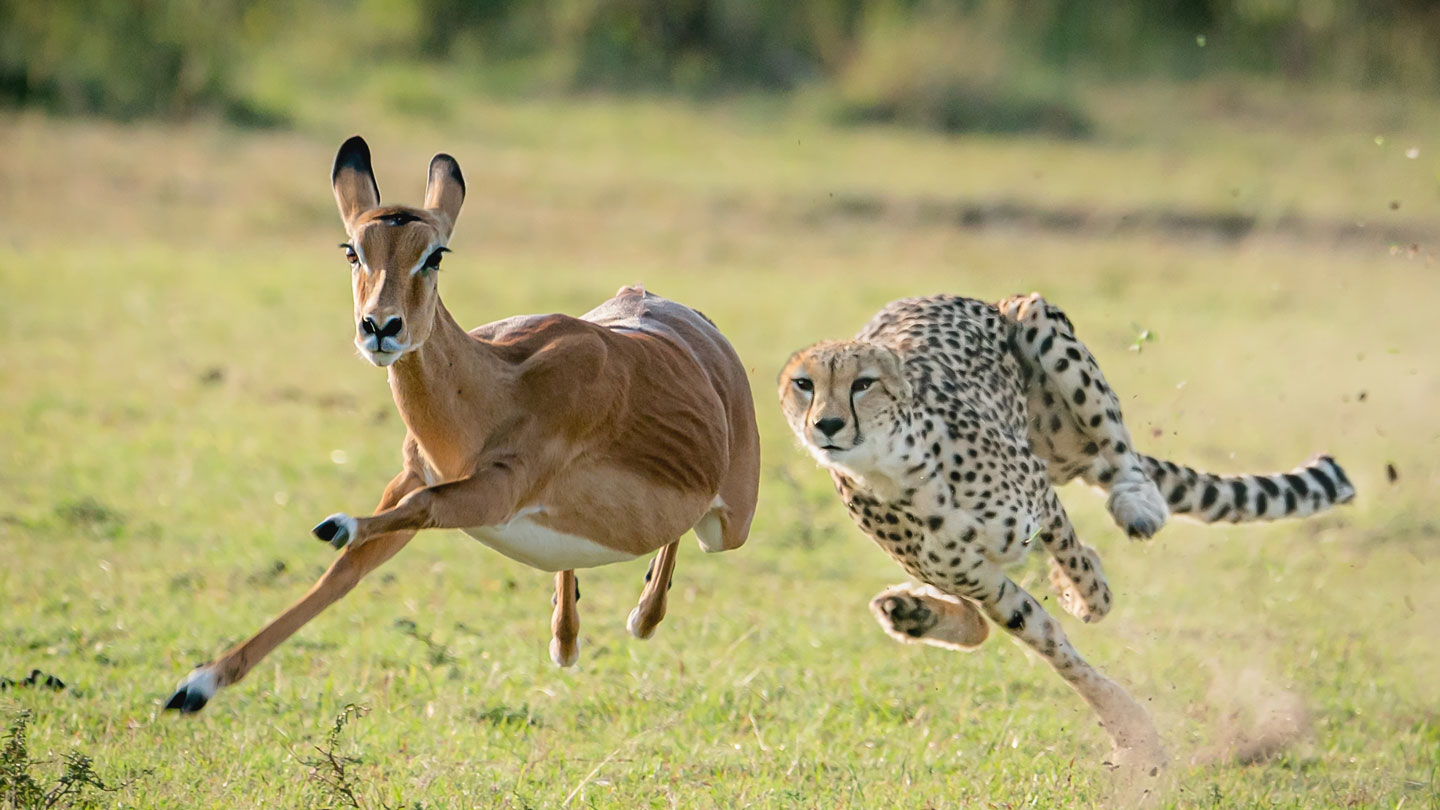How sunshine may make boys feel hungrier
Ultraviolet rays boost appetite in male mice — and maybe humans

Summer means longer exposure to the sun’s ultraviolet rays. Scientists now have some evidence that this light may boost appetite in boys — but not in girls.
Maskot/Maskot/Getty Images Plus
Share this:
- Share via email (Opens in new window) Email
- Click to share on Facebook (Opens in new window) Facebook
- Click to share on X (Opens in new window) X
- Click to share on Pinterest (Opens in new window) Pinterest
- Click to share on Reddit (Opens in new window) Reddit
- Share to Google Classroom (Opens in new window) Google Classroom
- Click to print (Opens in new window) Print
You probably know that sunshine affects your mental and physical health. New research shows it may also boost your appetite — but only if you’re male.
That finding surprised Carmit Levy. She’s one of the researchers who reported it on July 11 in Nature Metabolism. Levy is a geneticist at Tel Aviv University in Israel. She usually studies skin cancer. But the new result was so unusual that she put her original plans on hold to explore the sunlight-hunger link further.
Levy had been studying how ultraviolet-B (UV-B) rays affect the skin of mice. The sun’s UV-B rays are the main cause of sunburns and skin changes that can lead to cancer. Levy exposed mice to these rays for a few weeks. The dose was so weak, it did not cause any redness. But Levy noticed changes in the animals’ fat tissue. Some of the mice also gained weight. This sparked her interest.
Levy ordered new mice to look into these unexpected changes. The new group included a mix of males and females. She found that UV-B exposure upped the appetite of male mice — but not females. The males also worked harder to get at food that was difficult to reach. Something was really motivating them to eat more.

Research detour
At this point, Levy reached out to some of her colleagues. She wondered whether sunlight might be having a similar effect in people. To find out, they recruited volunteers for two studies. Both suggested that men and women may respond differently to UV-B. But the number of volunteers in these tests was too small to be sure.
Fortunately, one of Levy’s colleagues had access to data from almost 3,000 people. They had all participated in Israel’s first nutrition survey, some 20 years ago. These data showed that 1,330 of the surveyed men consumed more food in summer months. From March to September, they tended to down about 2,188 daily calories. They averaged only about 1,875 calories from October to February. The 1,661 women in this study consumed about 1,500 calories per day all year long.
Encouraged by this, Levy added more scientists to her team. They now ran more mouse experiments to test what might explain such findings. And they turned up links to three things.
The first is a protein known as p53. One of its jobs is to protect the skin’s DNA from damage. Levels of p53 also tend to rise when the body is under stress. For animals that are normally most active at night, such as mice, sunlight can be a source of stress.
The second key player in the sunlight-hunger link is a hormone known as estrogen. Its levels are much higher in females than male mice (and humans). Estrogen contributes to many sex differences. These may include a greater protection against UV-B in females.
The third key player is ghrelin (GREH-lin), one of the body’s “hunger” hormones.
Zane Andrews, who works at Monash University in Melbourne, Australia, has studied ghrelin for a long time. This hormone works a bit like a hunger thermostat, the neuroscientist explains. When our stomach is empty, it makes ghrelin. This hormone then travels to the brain where it signals a need for food. When we eat, our stomach stops making ghrelin. When we’ve eaten enough, another hormone signals to the brain that we are full.
Here’s what Levy now thinks may happen in male mice exposed to UV-B: First, the stress of these rays activates p53 in their skin’s fat tissue. This p53 then triggers the skin to make ghrelin. That hormone makes the mice want to eat more food. But in female mice, estrogen likely interferes, so the ghrelin production never turns on. You could say that estrogen and p53 are partners in protecting female mice. Lacking this partnership, male mice respond to UV-B by eating more — and putting on weight.
“The idea that the skin may regulate appetite is intriguing,” says Andrews. But being sure about the key players and exactly how they interact will require much more research, he adds. That’s how science works.
Possible reasons
Why might males and females respond differently to sunlight? Estrogen is the key female hormone, pivotal to reproduction and parenting. Part of its role, says Levy, might be to protect females a little better from various forms of stress.
Males of many species may also benefit from extra calories in the summer. Longer days give them more time to hunt and provide for their families. Consuming more food would give them the energy to do just that. In human evolution, UV-B might have motivated our male ancestors — the primary hunters — to forage more to help their community survive.
We can only speculate about the evolutionary reasons behind Levy’s findings. But scientists like Shelley Gorman find these sex differences fascinating. Gorman studies the health benefits of sunlight at the Telethon Kids Institute in Perth, Australia. “Differences in male and female skin may also play a role,” she adds.
It’s clear that sunlight affects our health in many ways, both good and bad. Gorman says, “It will take much more work to figure out exactly how much sunlight is best for each of us.”







